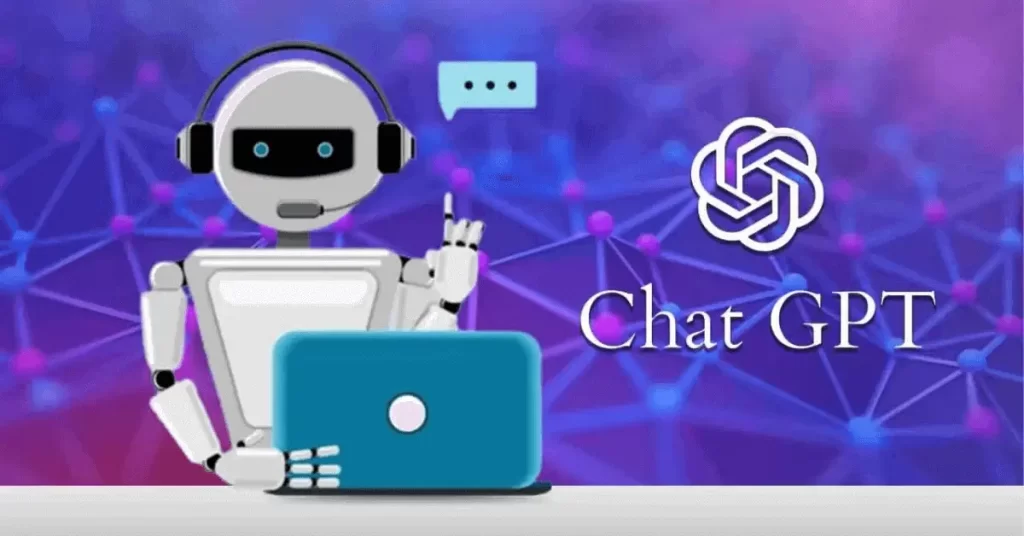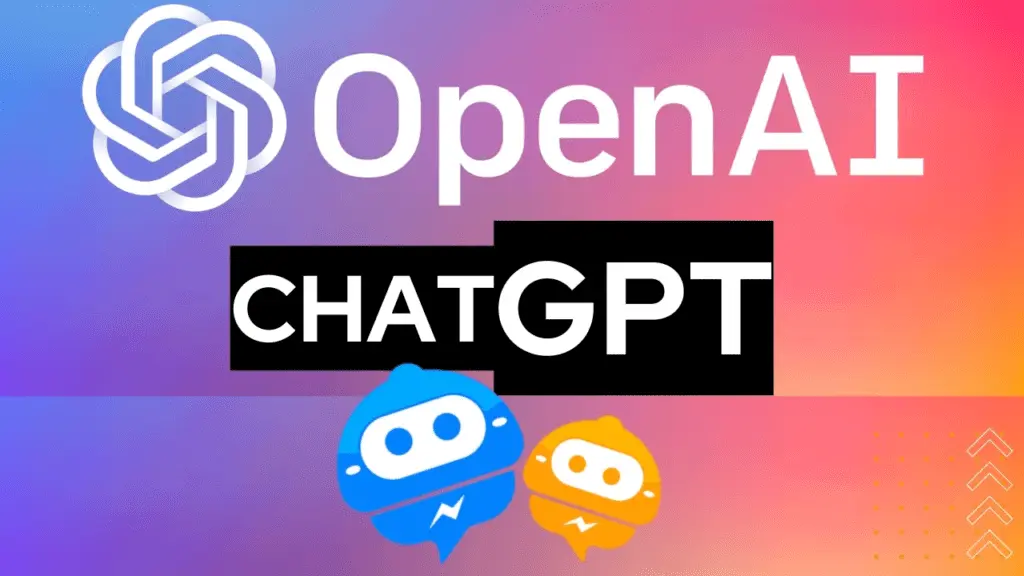Do you know What is ChatGPT? How does it work? Now I will tell you about it.
What is ChatGPT? How does it work?
Chatbots and language models like GPT (Generative Pre-trained Transformer) have revolutionized the way businesses and organizations interact with their customers and clients. In this blog post, we will explore the history and development of GPT and how it is being used today.
The concept of language models has been around for decades, but it wasn’t until the release of GPT in 2018 that the technology began to gain mainstream attention. Developed by OpenAI, GPT is a neural network-based model that uses deep learning techniques to generate human-like text. Unlike other language models that are trained on specific tasks, such as language translation or question answering, GPT is trained to generate text in any context.
One of the key benefits of GPT is its ability to generate high-quality, natural-sounding text. This has made it popular among businesses and organizations that need to generate large amounts of content, such as social media posts, product descriptions, and customer support responses.

Another benefit of GPT is its ability to be fine-tuned to specific tasks. This means that organizations can take a pre-trained GPT model and fine-tune it to their specific needs, such as language translation or summarization. This process is known as transfer learning and it enables organizations to get the most out of their GPT models.
The most common use case for GPT is in chatbot development. GPT-based chatbots can understand natural language and generate human-like responses, which makes them a great choice for customer support and other types of interactions that require natural language understanding.
In conclusion, GPT has proven to be a powerful tool for businesses and organizations that need to generate large amounts of content or interact with customers using natural language. Its ability to be fine-tuned to specific tasks, and its ability to generate high-quality, natural-sounding text, make it an attractive option for a wide range of use cases. As the technology continues to evolve, we can expect to see even more innovative applications of GPT in the future.
GPT’s ability to generate human-like text has also made it popular among researchers and academics studying natural language processing. By training GPT on large amounts of text data, researchers can gain new insights into how language works and how it can be used to improve language-based applications.

One area where GPT has been particularly useful is in the field of language translation. GPT-based models can be fine-tuned to generate translations that are more accurate and natural-sounding than traditional machine-translation methods. This has the potential to make language translation more accessible and affordable for businesses and organizations that operate in multiple languages.
Another area where GPT is being used is in the field of language generation. GPT-based models can be fine-tuned to generate a wide range of text, including news articles, poetry, and even code. This has the potential to automate certain tasks that were previously done by humans, such as writing news articles or composing poetry.
However, GPT is not without limitations. One of the most significant limitations is that GPT is not able to understand the meaning of the text. It can only generate text based on the patterns it has learned during training. This means that GPT-based models can be prone to errors and biases, which is something that researchers and developers need to be aware of when using GPT.

In the future, we can expect to see GPT and other language models continue to evolve and improve. As the technology continues to advance, we can expect to see more innovative applications of GPT in fields such as natural language understanding, language generation, and machine translation.
Overall, GPT is a powerful tool that has the potential to revolutionize the way we interact with language and use it to improve a wide range of applications. Its ability to generate high-quality, human-like text and its ability to be fine-tuned to specific tasks make it an attractive option for businesses, researchers, and developers. As the technology continues to evolve, we can expect to see even more innovative uses for GPT in the future.


